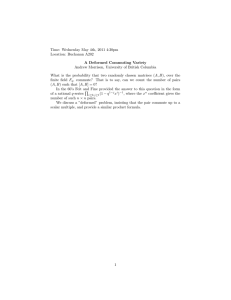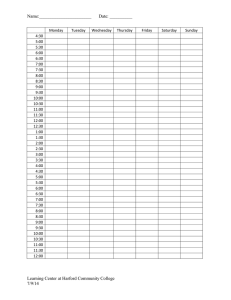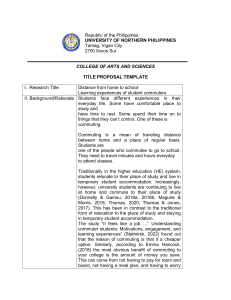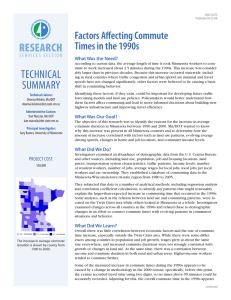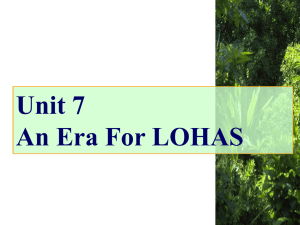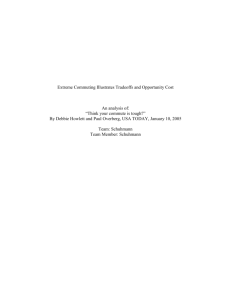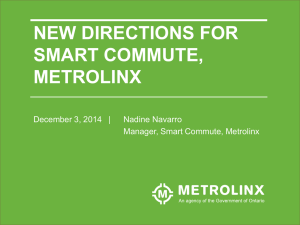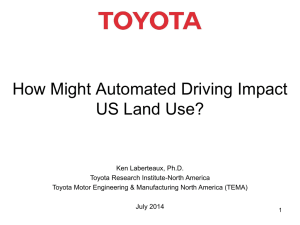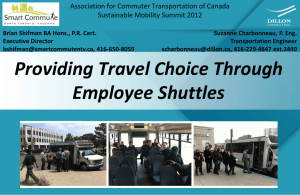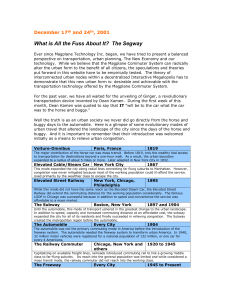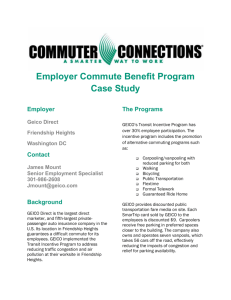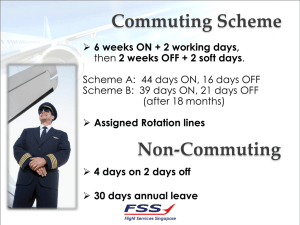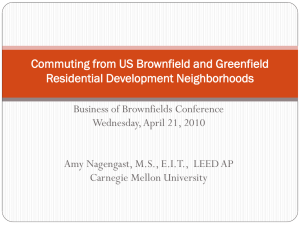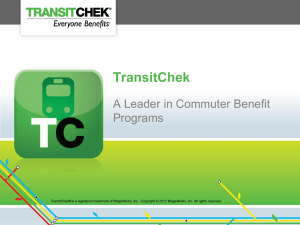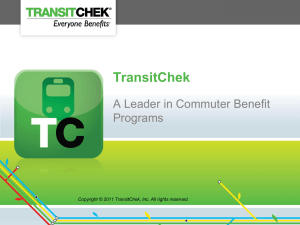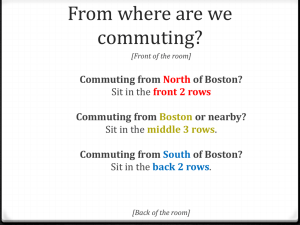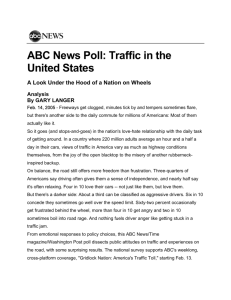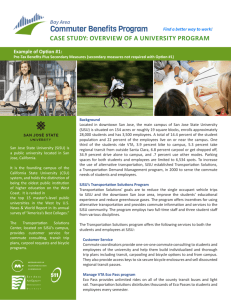1. Marco Iacampo - Green Building Credits- City of
advertisement
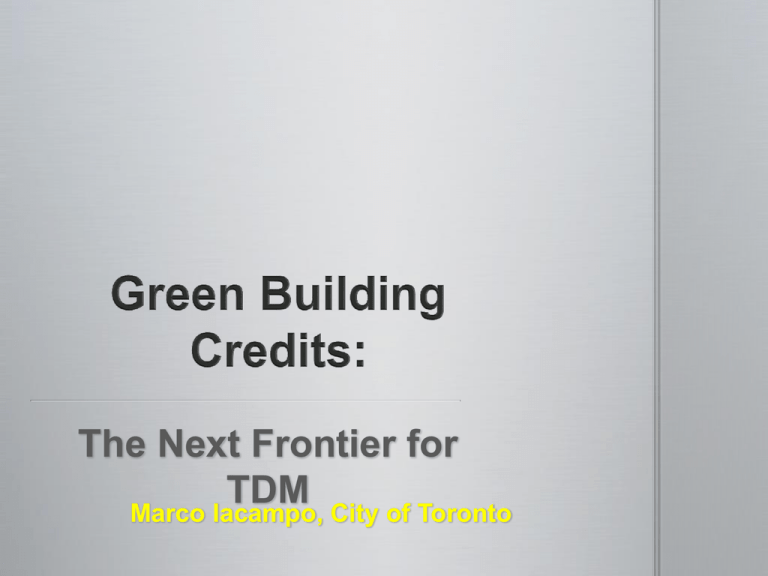
The Next Frontier for TDM Marco Iacampo, City of Toronto Green Building Movement Whole Building Energy Alternative Commuting Credit (LEED EB:OM) Case Study: Exchange Tower, Toronto New Opportunities Location Water - Demand & conservation IEQ -Occupant comfort Energy - Envelope - HVAC Waste & Materials - Reduce - Reuse - Recycle Profile Create sustainable communities $ Cost Savings Recruitment/ Retention Operating Use vs. Transportation Use Average Commute Distance 20 km Average fuel economy Work days 9 km/liter 235 days/yr Average fuel consumption per year 1,030 liters/yr Transportation – energy use per employee/year 381 kWh/m2/yr Operating – energy use per Employee/year 293 kWh/m2/year Wilson, Navaro: Environmental Building News % Transportation exceeds Operating 137% 30% Baseline Green Building BOMA BESt/GO GREEN Canadian standard for sustainability certification – existing buildings 1 billion square feet of commercial real estate Toronto Green Standard Applies to new development in Toronto R-2000 Technical performance standard for new homes Leadership in Energy & Environmental Design (LEED) Third-party rating system Internationally recognized benchmarking Holistic Approach to building performance Recognizes magnitude of transportation energy and impacts on human health and GHG emissions SUSTAINABLE SITES Alternative Commuting Transportation SS WE EA MR EQ Credit 4 3 - 15 Points IO RP Building Profile: 130 King St. W, Toronto Built: 1981 Home of TSX 36 floors of office space 992 parking spaces 1,000,000+ sq. ft 3,030 building occupants Develop commuter survey & sampling approach Marketing Plan Methodology & Quantification Report Ongoing Commuter Workplace Program 1. Determine number of Exchange Tower employees that use sustainable methods of commuting to work. 2. Understand current commuting behaviours and travel patterns to inform a TDM plan. LEED SSc4 Formal Commuter Program Occupant Commuter Survey Smart Commute TMA module v.2 SCAQMD Rule 2202 Quantify Compliance Room for Improvement? Retry Satisfied? Document Compliance COMMUTER SURVEY Variation of the Smart Commute survey Online and paper versions TIMING ‘Typical workweek’ in the Fall 2010 PROMOTIONS & INCENTIVES Desk drop, lobby posters, media screens, onsite event SAMPLING Random sample of occupants Established threshold: +/3 pts. 95% confidence QUALITY CONTROLS IP restriction to prevent multiple online surveys Cross-referenced tenant list Comparison with aggregated data – comparable properties Conventional Commuting Alternative Commuting SOV Transit Conventionally powered Cycle & walk Carpool Telecommute AWA BASELINE Fuel-efficient vehicle SURVEY SAMPLE Q5: How did you commute to work each day last week? Drive Alon e Monday Transit X Wednesda y X Friday Walk Telework Taxi I didn’t commute (i.e. sick day, vacation) X Tuesday Thursday Cycle X X [SUSTAINABLE TRIPS : SOV] – NONTRIPS RCCT 95% % RCCT POINTS 10.00% 3 13.75% 4 17.50% 5 21.25% 6 25.00% 7 31.25% 8 37.50% 9 43.75% 10 50.00% 11 56.25% 12 62.50% 13 68.75% 14 75.00% 15 Methodology & Protocols Report: • Letter of Attestation • Narrative description of survey implementation • Results Analysis • Credit template First LEED® Gold Certified building in Canada in partnership with TMA Smart Commute program: Carpool Zone Service Ongoing Employee Engagement events Monitoring & Reporting Proven LEED® program Recruit new clients Cost-effective approach New revenue stream Secure long-term commitment to Smart Commute workplace program
